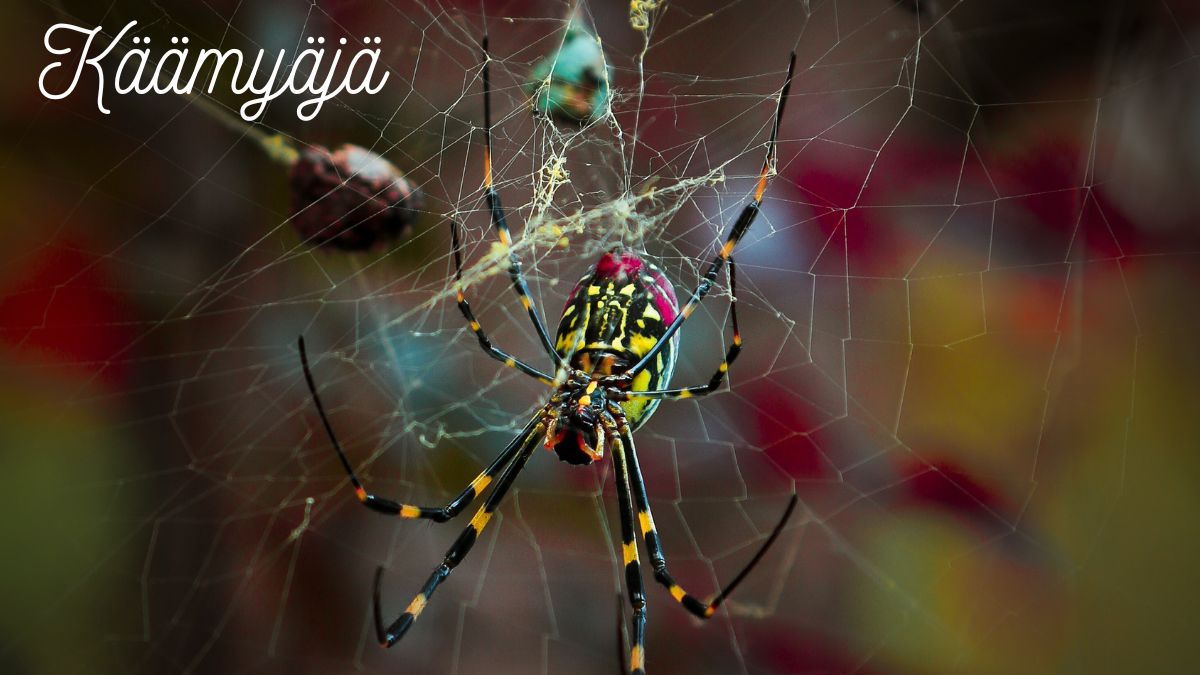In the realm of ancient Finnish traditions and linguistics, the term “Käämyäjä” holds a significant place, embodying a rich history and cultural significance that has evolved over centuries. This unique word, stemming from old Finnish dialects, offers a fascinating glimpse into the meticulous craftsmanship and attention to detail valued by Finnish society. Let’s delve into the origins, evolution, and contemporary relevance of “Käämyäjä,” uncovering its layered meanings and the cultural ethos it represents.
Origins
The roots of “Käämyäjä” trace back to the archaic Finnish word “käämy,” which referred to intricacy and coiling. In ancient times, the term was used to describe objects or patterns that exhibited a high degree of detail and complexity. This notion of intricacy was highly regarded in Finnish culture, where craftsmanship and artistry were integral parts of daily life. The intricate designs found in traditional Finnish textiles, carvings, and metalwork all reflect this deep appreciation for detail.
The suffix “-äjä,” commonly used in Finnish to denote an active participant or doer, transforms “käämy” into “Käämyäjä.” Thus, the word came to signify a person who engages in meticulous work or is a master of intricate detail. This transformation from a descriptive term to one denoting a practitioner highlights the societal reverence for those who excel in detailed and precise work.
Evolution
As Finnish society evolved, so did the meanings and applications of “Käämyäjä.” During different historical periods, the term took on various connotations, reflecting the changing values and practices of the time.
Medieval Era
In medieval Finland, “Käämyäjä” was often associated with artisans and craftsmen who produced finely detailed works. These individuals were highly respected for their skills and were often sought after for their ability to create intricate designs in textiles, wood, metal, and other materials. The meticulous nature of their work was seen as a reflection of their dedication and expertise.
Industrial Revolution
The advent of the Industrial Revolution brought significant changes to Finnish society, including shifts in the perception of craftsmanship. While mass production began to dominate, the value of meticulous, handcrafted work remained high. During this period, “Käämyäjä” also came to be associated with those who maintained high standards of detail and quality in their work, even as industrial processes took over many aspects of production.
Modern Times
In contemporary Finnish culture, “Käämyäjä” has broadened to encompass anyone who excels in meticulous and detailed work, not just in traditional crafts but in various fields. Whether in technology, art, design, or academia, being a “Käämyäjä” signifies a commitment to excellence and precision. The term has also found resonance in the global appreciation for Scandinavian design, known for its simplicity yet intricate detail.
Significance
The cultural significance of “Käämyäjä” lies in its embodiment of values that are deeply ingrained in Finnish society: meticulousness, dedication, and craftsmanship. These values are not only historical but continue to influence contemporary Finnish culture and identity.
Craftsmanship
The concept of meticulous craftsmanship is central to the idea of “Käämyäjä.” In Finnish culture, there is a long-standing tradition of valuing high-quality, detailed work. This is evident in various forms of Finnish art and design, from the intricate patterns of traditional textiles to the sleek, functional aesthetics of modern Scandinavian design.
Dedication
Being a “Käämyäjä” also implies a high level of dedication and perseverance. The meticulous nature of the work requires patience, focus, and a deep commitment to achieving perfection. This dedication is highly respected in Finnish society and is seen as a hallmark of true mastery in any field.
Innovation
While rooted in tradition, the concept of “Käämyäjä” also embraces innovation. Modern “Käämyäjä” are those who apply their meticulous skills to new and evolving fields, from technology and engineering to contemporary art and design. This blend of traditional values with modern innovation is a key aspect of Finnish culture and contributes to its global reputation for high-quality, innovative products and ideas.
Modern Applications
In today’s world, the principles embodied by “Käämyäjä” are more relevant than ever. The emphasis on meticulousness and detail can be seen in various sectors and industries, reflecting the timeless nature of these values.
Technology
In the tech industry, being a “Käämyäjä” translates to precision in coding, design, and user experience. Finnish tech companies and developers often exemplify this meticulous approach, resulting in products that are not only functional but also user-friendly and aesthetically pleasing.
Art and Design
Finnish artists and designers continue to draw inspiration from the concept of “Käämyäjä.” The emphasis on detail and craftsmanship can be seen in everything from architecture and furniture design to fashion and visual arts. This approach has helped Scandinavian design gain a reputation for quality and innovation worldwide.
Education
In academia, being a “Käämyäjä” implies a commitment to thorough research and detailed analysis. Finnish educational institutions often encourage this meticulous approach, fostering a culture of excellence and precision in academic work.
Conclusion
The term “Käämyäjä” encapsulates a rich history and cultural ethos that has evolved over centuries, reflecting the values of meticulousness, dedication, and craftsmanship deeply embedded in Finnish society. From its origins in ancient dialects to its modern applications across various fields, “Käämyäjä” continues to represent the best of Finnish culture and its commitment to excellence. As we move forward, the principles embodied by “Käämyäjä” will undoubtedly continue to inspire and influence, proving that meticulous detail and dedication to craft are timeless virtues.
